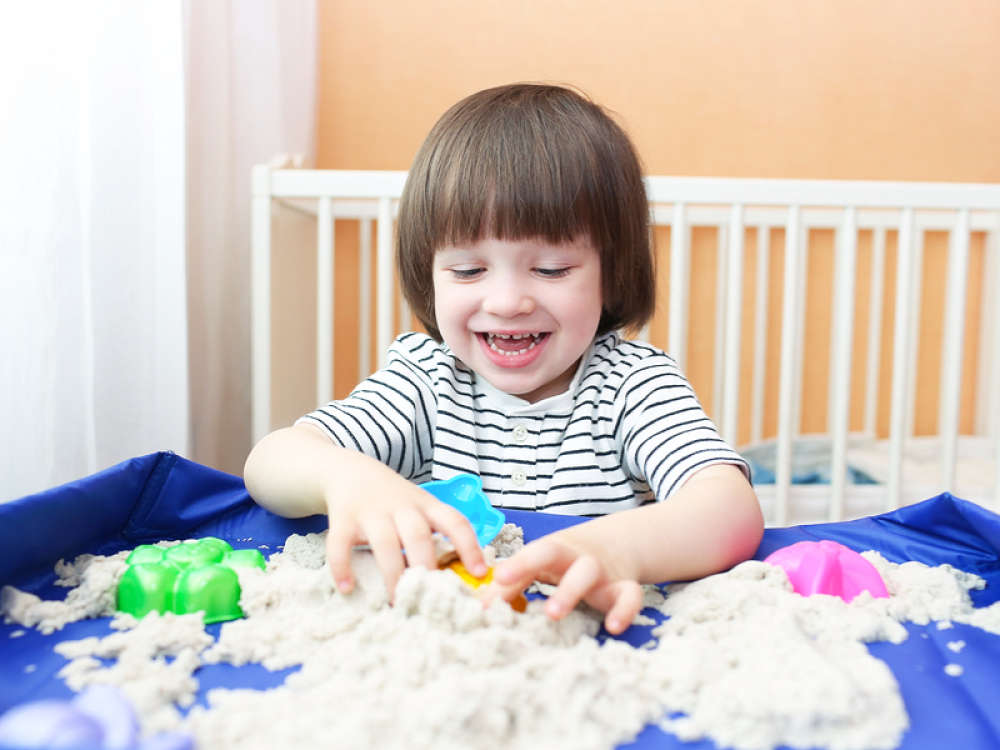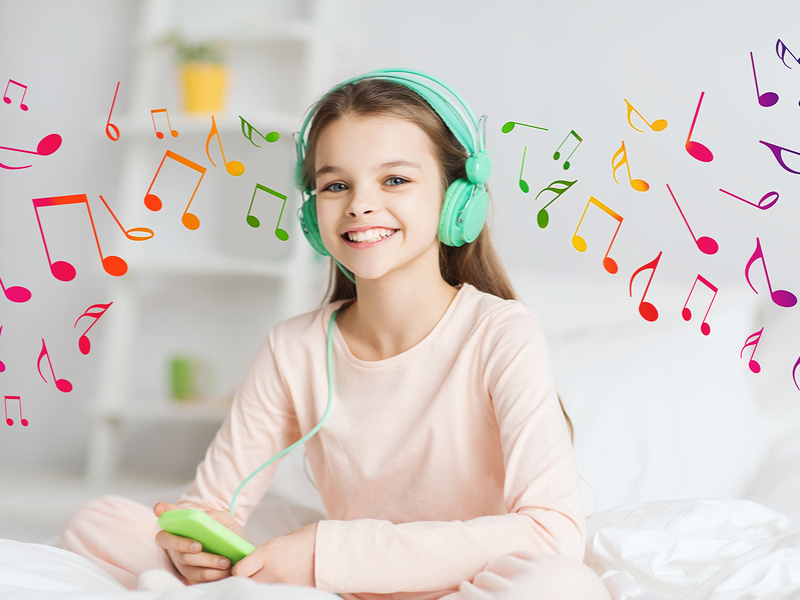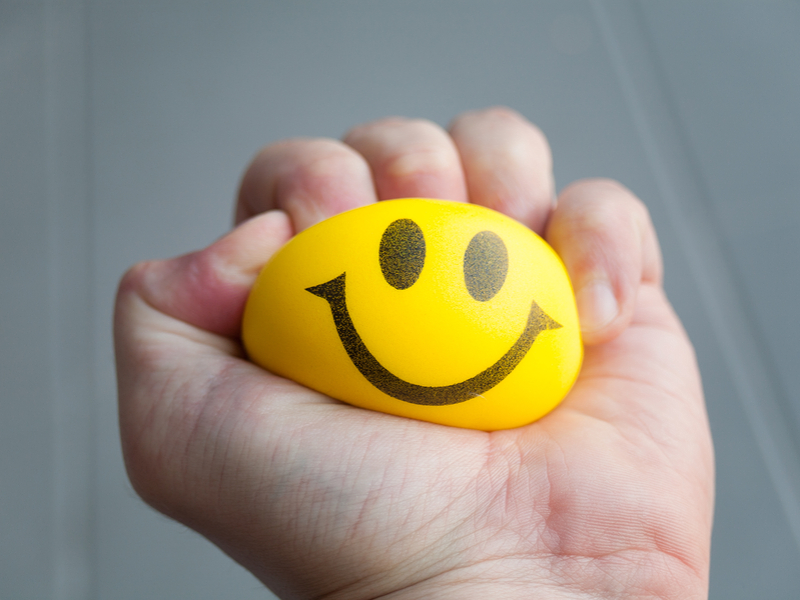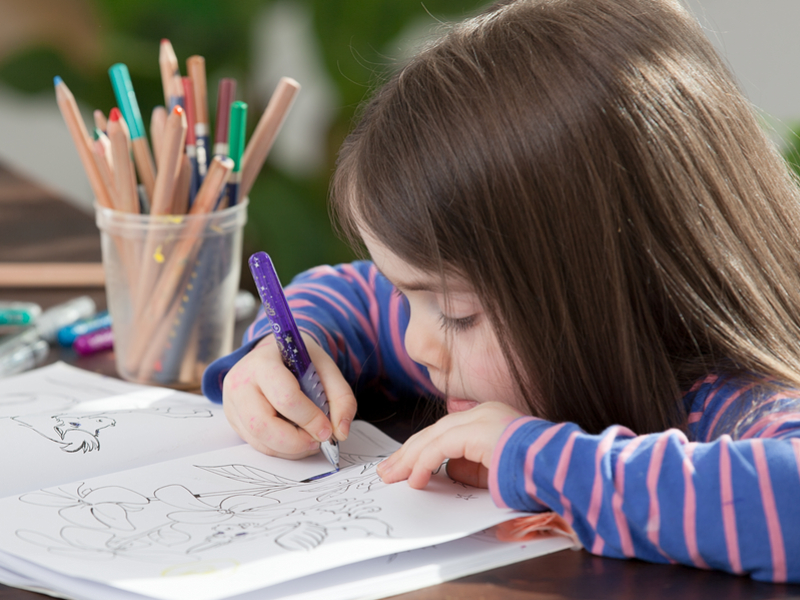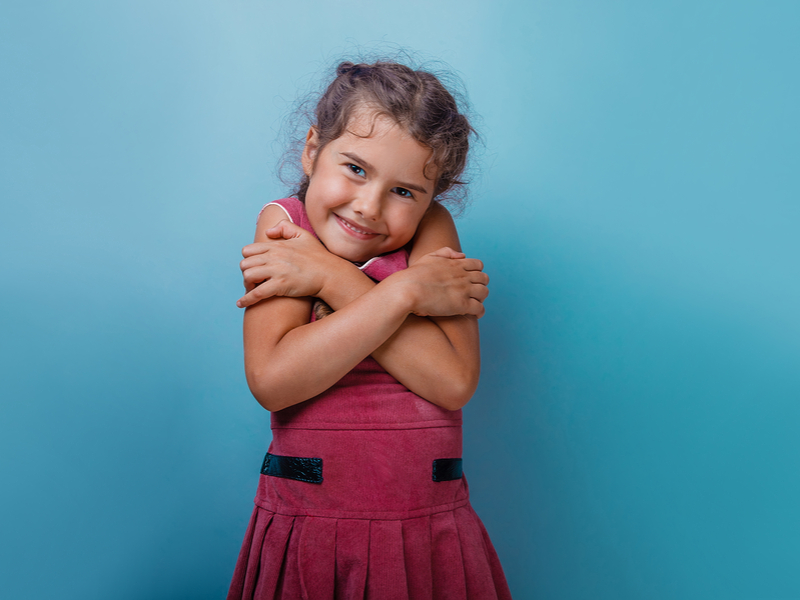Living with anxiety is hard enough. Living with a child with anxiety can leave a parent feeling the urgent need to “make it better”. As an anxious person/parent yourself, you know how hard it is to sit with the anxiety and the strong desire to decrease those negative feelings that make it hard to function.
Anxiety can often times look like ADHD (Attention Deficit/Hyperactivity Disorder) because of the negative impact it has on focus and attention. Imagine that your child is presented with a math worksheet with 20 problems. She looks at the sheet and thinks, “I have to do all of this? I’m not good at math? What if I get all of it wrong?” And the list of thoughts continues on. None of them are positive or encouraging. Now your child is internally focused and is not paying attention to the directions the teacher just provided (which may have been to complete the addition problems only, by the way!).
Anxiety also impacts comprehension and auditory processing. For example, your child is asked to take out his science book, open it to page 57, complete questions 1-5, tear the page out of the book and place it in the wire basket on the teacher’s desk. For many children, that long list of instructions triggers an anxious response that leaves her unable to process because she is now thinking, “Oh my goodness. I can’t do all that. How am I going to remember how to do all of that?”
As a parent, what can you do at home to help your child combat that anxious response? Can this be transferred to the school environment so that your child does not come home all revved up and ready to burst as soon as they come through your door? The answer to both is yes! Here are a few strategies that can be used at home and school.
1. Allow your child to create a quiet corner at home with a beanbag, blanket and a book, or music being played out of an IPOD
This quiet corner can be accessed by your child at any time. You may also have specific times that you want your child to access the quiet corner, such as after school. This space is created as a calm haven where your child can decompress from the noise of the environment. Giving your child this time and space teaches her to self monitor and self observe when the world has become over-stimulating or when her thoughts have become overwhelming. For the first few times, you may need to cue your child to go to her quiet place, but after a few times, you may just find your child retreating to her created ‘happy place!’
2. Water a plant
You and your child can take a ride to Home Depot or even the supermarket where he can choose a plant. A flower, a basil plant, a single flower plant that becomes his designated plant. The thought is not to overwhelm your child with another thing to do but to use that plant as a calming place. That is, by watering the plant, you may choose to have a designated water bottle by the plant that your child can pour a little bit in to every day or every couple of days, depending on the plant’s needs. The act of picking up the water bottle, pouring, and watching the plant absorb the water is an activity that takes your child’s focus away from his thoughts and anxieties and places his energy into something positive, kind, calm and appreciative.
3. Kinetic sand or colored sand in a Tupperware container
This can be purchased from a craft store, such as Michael’s. You can also fill other Tupperware containers with rice or beans. Keeping the sand in a container gives your child a confined place to place her hands and gain the here and now sensation of the sand in her hand. The sand may be a reminder of your child’s pleasant memories of the beach. Or, the sensations alone may calm your child into transferring focus into the tactile stimulation that comes from rubbing the soft sand into one hand or rubbing across two hands.
4. Make stress balls at home and place in a bowl in a known area (e.g. in the quiet corner)
Fill large balloons with Play-Doh, rice, or beans. For our anxious children who need to fidget, this is a quiet, discrete way of keeping his hands busy while transferring negative energy that can result in hair pulling, nail biting, or skin picking.
5. Color in a coloring book
Depending on your child’s mood, she may want to draw a picture on a blank piece of paper which provides you with information as to what your child may be thinking about or struggling with. Your child may like coloring pictures with geometric patterns with different fine point markers or colored pencils. The act of coloring can sometimes mimic meditation in that there is a focus on a pattern, a color, a drawing that prevents your child from perseverating on obsessive or negative thoughts.
6. Sit on an exercise ball and bounce for a few minutes
The movement of bouncing on the ball reduces tension and anxiety in your child’s muscles. This release of tension signals your brain to pump endorphins that trigger a relaxation response.
7. Roll an exercise ball on your child’s body
Rolling the exercise ball over your child’s body provides deep pressure the same way we experience a massage. By providing pressure on your child’s arms and legs, it helps her to release tension in the muscles and body and promotes relaxation, very similar to how we correlate a massage with feeling relaxed, happy and well.
8. Encourage your child to take 5 breaths in and out while hugging himself (do this together)
When your child becomes anxious, his breathing becomes shallow which triggers a flight or fight response; however, there is no true impending danger in the real world. The danger is perceived by your child, and taking a few deep breaths helps to provide oxygen to the brain and signal the body that she is okay. This may also help with making your child available to other interpretations and possible outcomes of a situation when engaging in cognitive discussion of stressful thoughts. This may take a child who is on the verge of having a significant meltdown and grounding her. Providing the tactile sensation of touch of one’s own body brings your child into the present world of here and now.
9. Use a weighted blanket
A weighted blanket once again provides deep pressure for your child, which can trigger the same relaxation response as a massage. For many children, the weight of the blanket promotes feelings of safety and security. Using a weighted blanket may also be helpful for children who struggle to fall asleep because they do not know how to help their body unwind. The weight of the blanket becomes a physical and tactile sensation that can be focused on and perceived more readily than problematic thoughts and other anxious sensations.
Liz Matheis, Ph.D., is licensed clinical psychologist and certified school psychologist who specializes in assisting children and their families with autism, ADHD, anxiety and learning/behavioral disorders in Parsippany, NJ. She focuses on well-aligned parenting styles via parent coaching, consistent home environment, and the establishment of boundaries and behavioral expectations in helping children and families to realize their fullest potential.
Dr. Matheis also provides psycho-educational assessment that can be used for Child Study Team evaluations, diagnosis of ADHD, autism (using the ADOS-2) and learning disabilities, such as dyslexia. At present, she is a contributor to a number of popular press magazines and blogs, where she is able to provide real-world, pragmatic solutions to complex problems.


